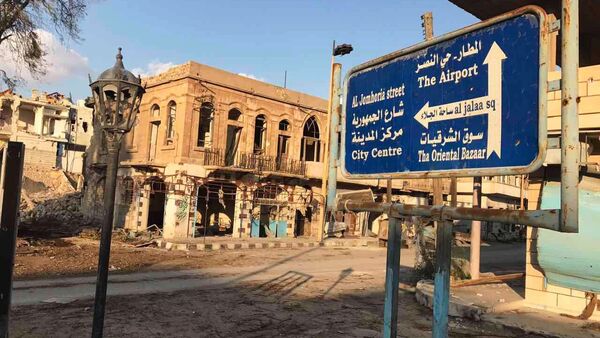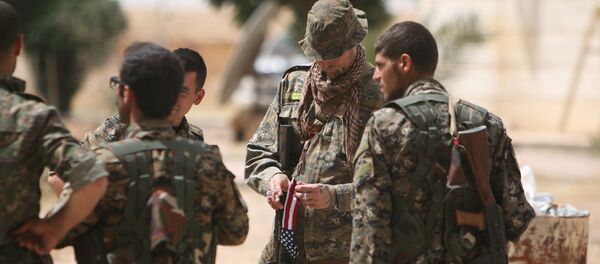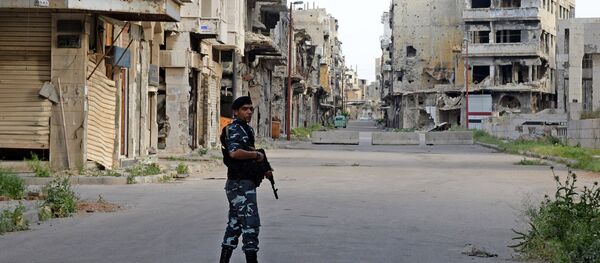He added that it was necessary to come to a common denominator so that both sides were satisfied with the fulfillment of these requirements. The negotiation process was very difficult.
According to the center, the terrorists who have not yet left al-Wayer are also preparing to lay down their arms. Many of them will go to militia or replenish the ranks of the Syrian police in the framework of amnesty announced by the Syrian president.
The military experts have said that total control by Damascus over this city is a major strategic success for Bashar al-Assad and diplomatic for the Russian negotiators.
Importance of Homs
Only a glance on the map is enough to understand the geographical importance of Homs, the third largest city in Syria with a pre-war population of 900,000 people.
It occupies a strategically important intersection at the crossing of major highways. These traffic routes connect Damascus (in the south), the Hama province, Idlib and Aleppo (in the north), the Tartus and Latakia provinces (in the west), and Palmyra and Deir ez-Zor (in the east).
“Full control over Homs will significantly protect the movement of humanitarian and military convoys all along the Damascus-Aleppo road which is more than 350 kilometers from north to south,” Anatoly Tsyganok, the head of Center for Military Forecasting told Sputnik.
The militants present in al-Wayer had an opportunity to conduct sabotage activities against government troops both in the city and on the highway. The Syrian military forces going north repeatedly moved through this site and were killed in an ambush because of such improvised explosive devices.
In addition, before the war the city was one of the largest agricultural centers of Syria. Corn, cotton, wheat, vegetables and fruits were grown here. Right now most of the infrastructure is destroyed but its restoration is the key to economic, food and fuel-energy security of the whole country.
City of revolution
Homs also has strong political significance. It was one of the first cities where in July 2011 clashes with government forces broke out and therefore the city received a nickname: “capital of the revolution.”
The terrorists had planned to use Homs as a main platform for attacking Damascus from the north. Full-scale fighting in this city did not cease for years and became one of the most violent during the Syrian civil war.
Anatoly Tsyganok said that fighting in Homs with varying degrees of intensity has been going on for six years now and the fact that the remaining members of the armed opposition in the city voluntarily left is a great success for the negotiating group which consists of Russian officers.
“This is an achievement for our diplomats as well and it became known right after the third round of talks on the Syrian settlement in Astana in mid-March regarding the withdrawal of 400 militants from Homs. Although there was no opposition it is obvious that they reached a number of agreements with them,” Tsyganok said.
According to the head, the general situation in Syria gives cautious optimism. As the expert stressed, in recent years support of the so-called “moderate opposition” from European states has noticeably weakened.
In turn, interaction on the Syrian issue between Russia, Turkey and Iran is strengthening. The government troops that took Aleppo and regained control over Palmyra received a break and were able to free up considerable forces and resources for possible actions in other directions.





